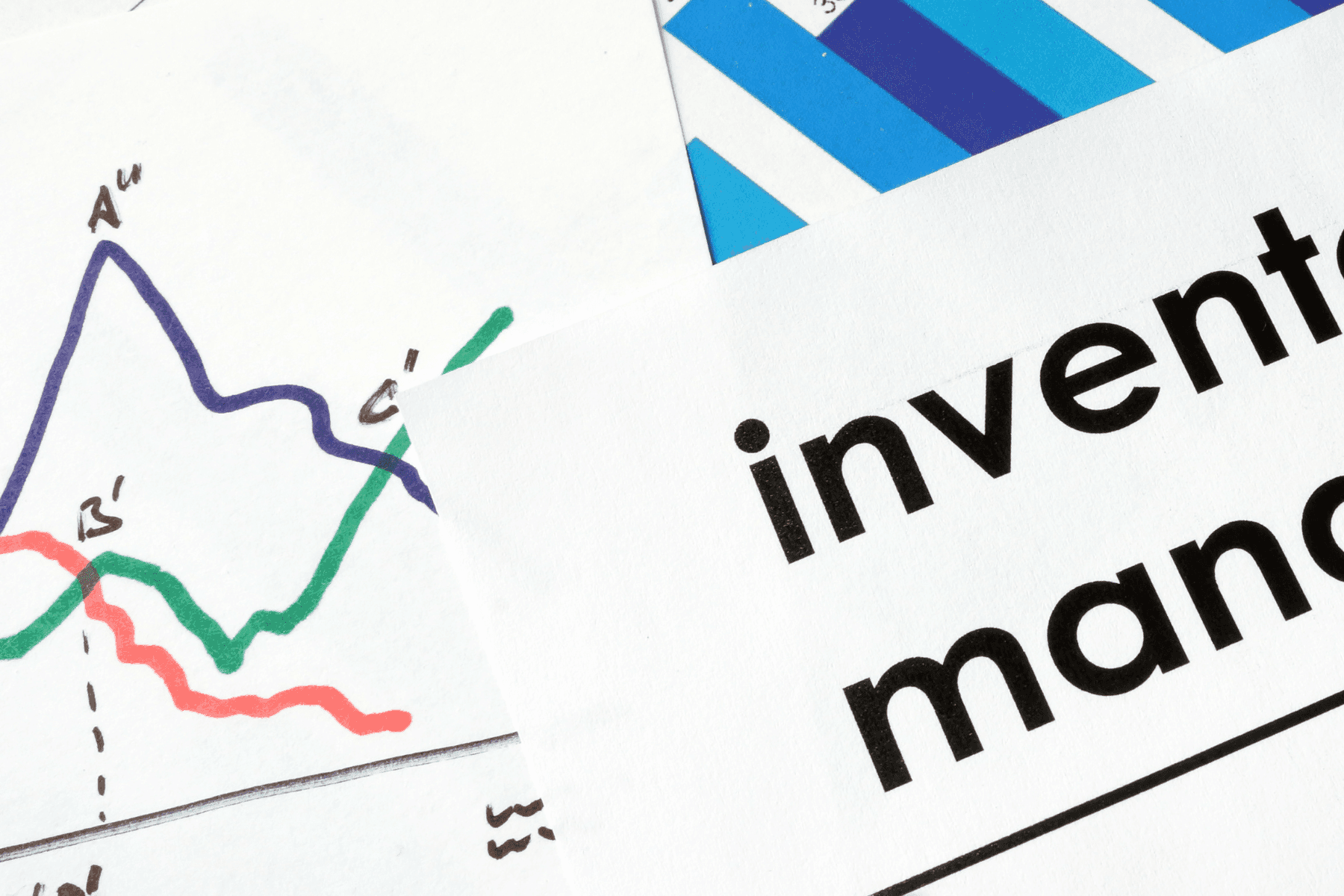Periodic Automatic Replenishment (PAR) is a strategic approach in inventory management aimed at optimizing stock levels and reducing inventory costs. This process is especially relevant in industries such as healthcare, food, and automobile, where managing critical bulk supplies efficiently is crucial.
What is Periodic Automatic Replenishment?
Definition and Function: PAR involves setting minimum and maximum quantity limits for each inventory item, known as PAR levels. When stock quantities approach the minimum level, it triggers a reorder. Conversely, maximum levels prevent overstocking, which could lead to wastage or expiration of items.
PAR Locations: These are specific stock areas from which consumable items are taken. In settings like hospitals and clinics, PAR locations are crucial for managing supplies needed for medical procedures and patient care.
How Does PAR Work?
Inventory Counts and Replenishment: Businesses carry out periodic inventory counts to monitor stock levels. When stock reaches or falls below the minimum PAR level, replenishment is triggered. This system ensures continuous availability of necessary items without the need for tracking each item’s quantity constantly.
Adjusting to Demand Fluctuations: PAR systems can adapt to changing business demands. By analyzing historical consumption data, the replenishment levels can be updated to align inventory with current demands, thus avoiding supply shortages or excess.
Technology Integration: Advanced inventory management software can significantly simplify the tracking of PAR levels. These systems often utilize barcode scanning and real-time item movement tracking. They may also include features for tracking expiration dates and automatically alerting for reorders.
Applications and Benefits
Industries: PAR is extensively used in sectors like healthcare, food services, and automotive. In healthcare, for instance, it’s vital for managing supplies that directly impact patient care and outcomes.
Optimizing Inventory Storage: The PAR system helps maintain optimum inventory levels, preventing situations where stock is either insufficient or excessively high. This balance is crucial in avoiding stockouts and minimizing wastage or expiration of items.
Handling Expiration Dates: In industries like healthcare and food, where products have expiration dates, PAR replenishment is critical for managing inventory effectively and safely.
Customization and Methodology: Organizations can identify their PAR locations and adopt methodologies tailored to their specific needs, including integrating handheld device technologies for efficient management.
In conclusion, PAR in inventory management offers a structured and efficient approach to managing stock levels. By setting minimum and maximum levels for each item and utilizing technology for real-time tracking and replenishment, organizations across various industries can maintain optimal inventory levels, enhance operational efficiency, and reduce costs.






